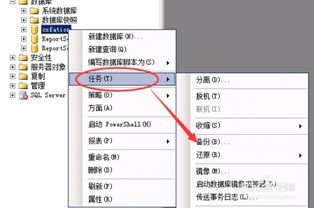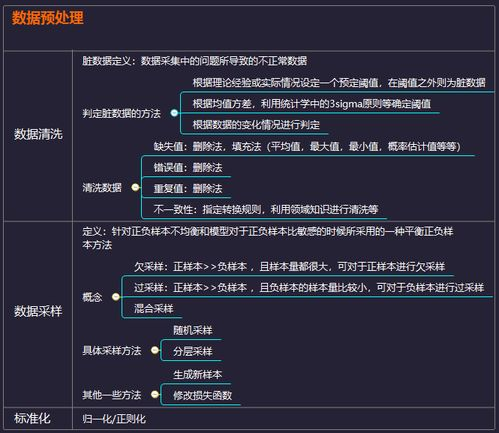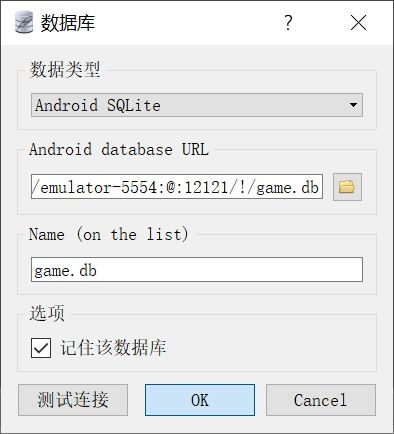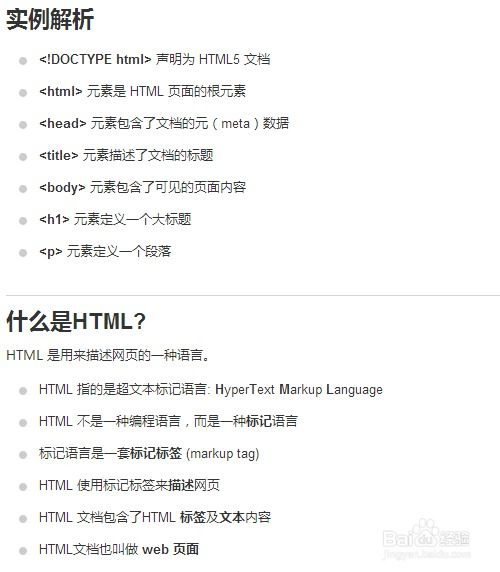ASP.NET Using AJAX to Achieve Attachment Download
Understanding AJAX in ASP.NET
AJAX, or Asynchronous JavaScript and XML, is a technique that allows web applications to communicate with the server without having to reload the entire page. In the context of ASP.NET, AJAX enables developers to perform operations such as downloading attachments without disrupting the user interface. This not only improves the user experience but also reduces server load and bandwidth usage.
With AJAX implemented in an ASP.NET application, users can initiate a download by clicking a button or link, which triggers a specific event on the server. Instead of the traditional full-page postback, which can be cumbersome and slow, the AJAX call only retrieves the necessary data—in this case, the attachment file—allowing for a seamless experience. This technique is particularly useful for applications dealing with extensive file management functionalities, such as document management systems.
Steps to Implement AJAX Attachment Download
To implement an attachment download feature using AJAX in ASP.NET, follow these steps:
- Create a Web Method: In your Web API or code-behind file, create a method that will handle the file download. This method should return the file as a response.
- Setting Up the AJAX Call: Utilize JavaScript to make an AJAX request to the server method you created. You can use jQuery or plain JavaScript for this.
- UI Update: After the AJAX call succeeds, provide visual feedback to the user, such as a loader or notification, indicating that the file is being prepared for download.
For example:
public static void DownloadFile(int fileId)
{
var file = GetFile(fileId); //Retrieve file logic
HttpContext.Current.Response.ContentType = file.ContentType;
HttpContext.Current.Response.AddHeader("Content-Disposition", "attachment; filename=" + file.FileName);
HttpContext.Current.Response.BinaryWrite(file.Content);
HttpContext.Current.Response.End();
}
Example with jQuery:
$.ajax({
type: "POST",
url: "YourPage.aspx/DownloadFile",
data: JSON.stringify({ fileId: yourFileId }
),
contentType: "application/json; charset=utf-8",
dataType: "json",
success: function(response) {
// Handle success case
},
error: function(xhr, status, error) {
// Handle error case
}
});
Best Practices for AJAX File Downloads
When implementing AJAX file downloads in ASP.NET, consider the following best practices:
- Progress Indication: Provide users with a clear indication of the download process, such as loading graphics or progress bars, to keep them informed.
- Error Handling: Implement robust error handling for the AJAX calls and server responses to ensure that users are notified of issues gracefully without causing frustration.
- Security Measures: Ensure that files being downloaded are safe and secured. Implement session validation and authorization checks to prevent unauthorized access to sensitive files.






